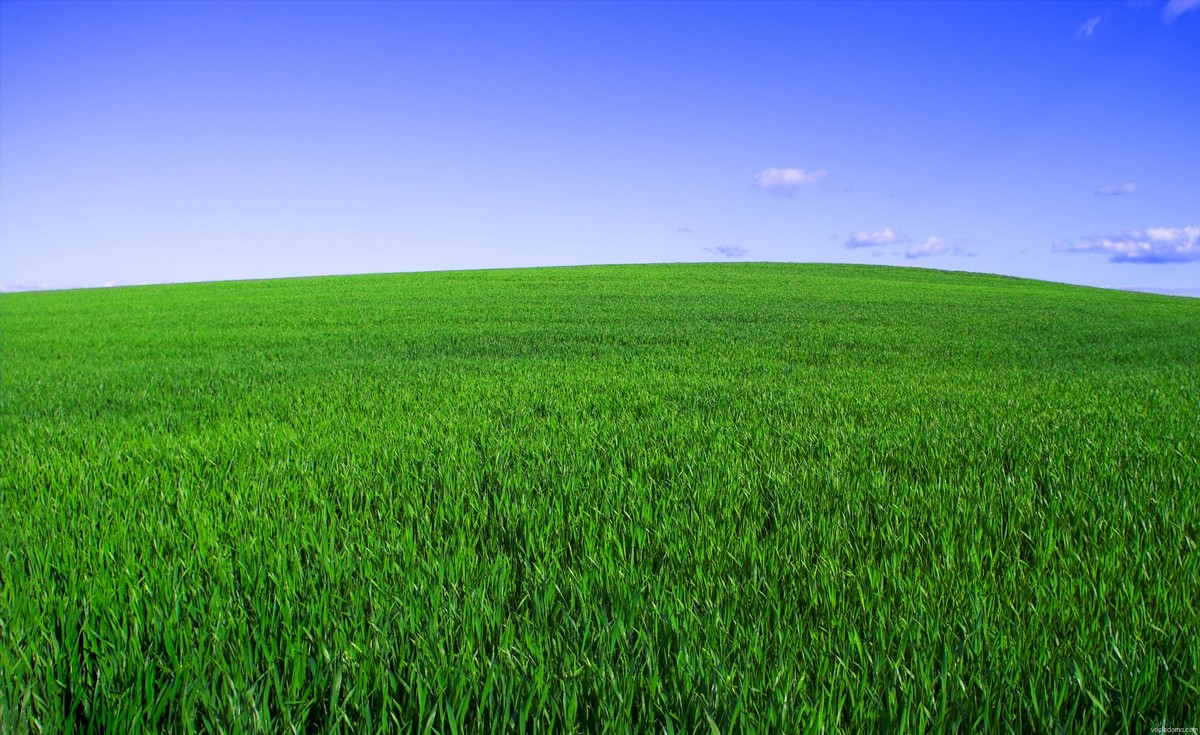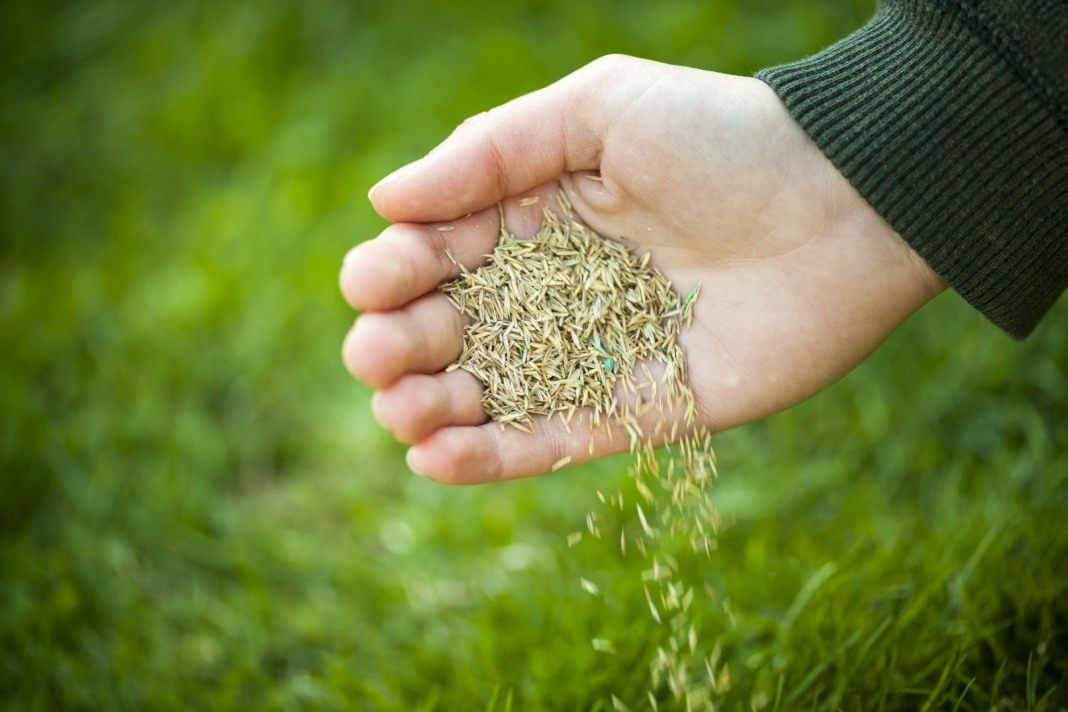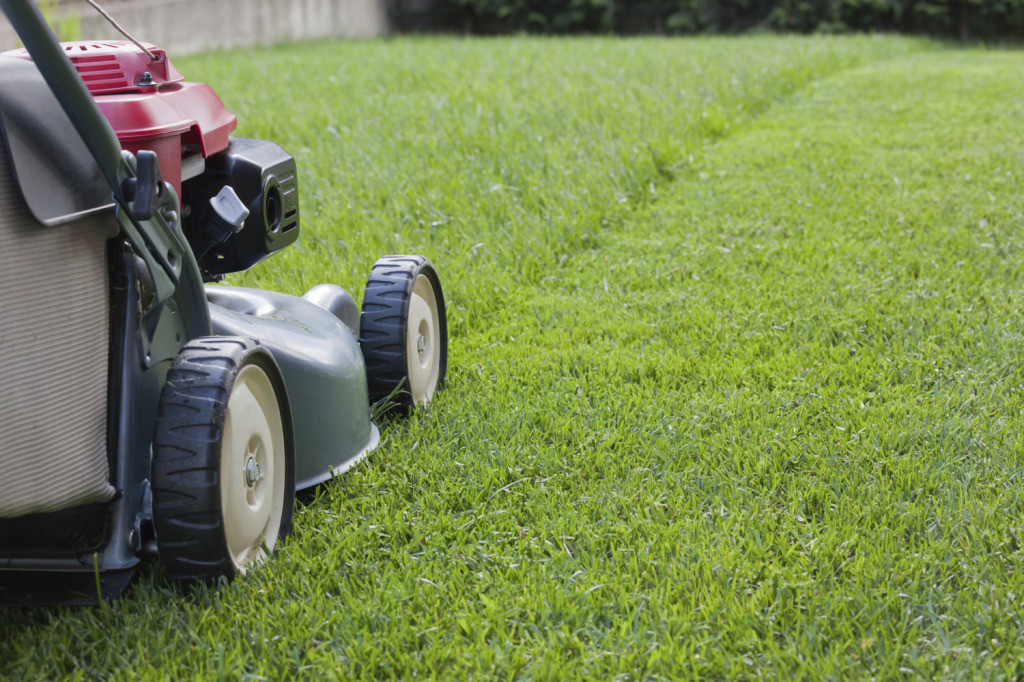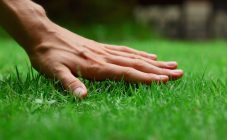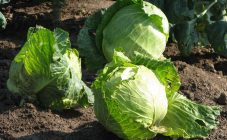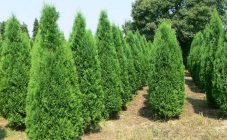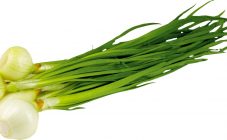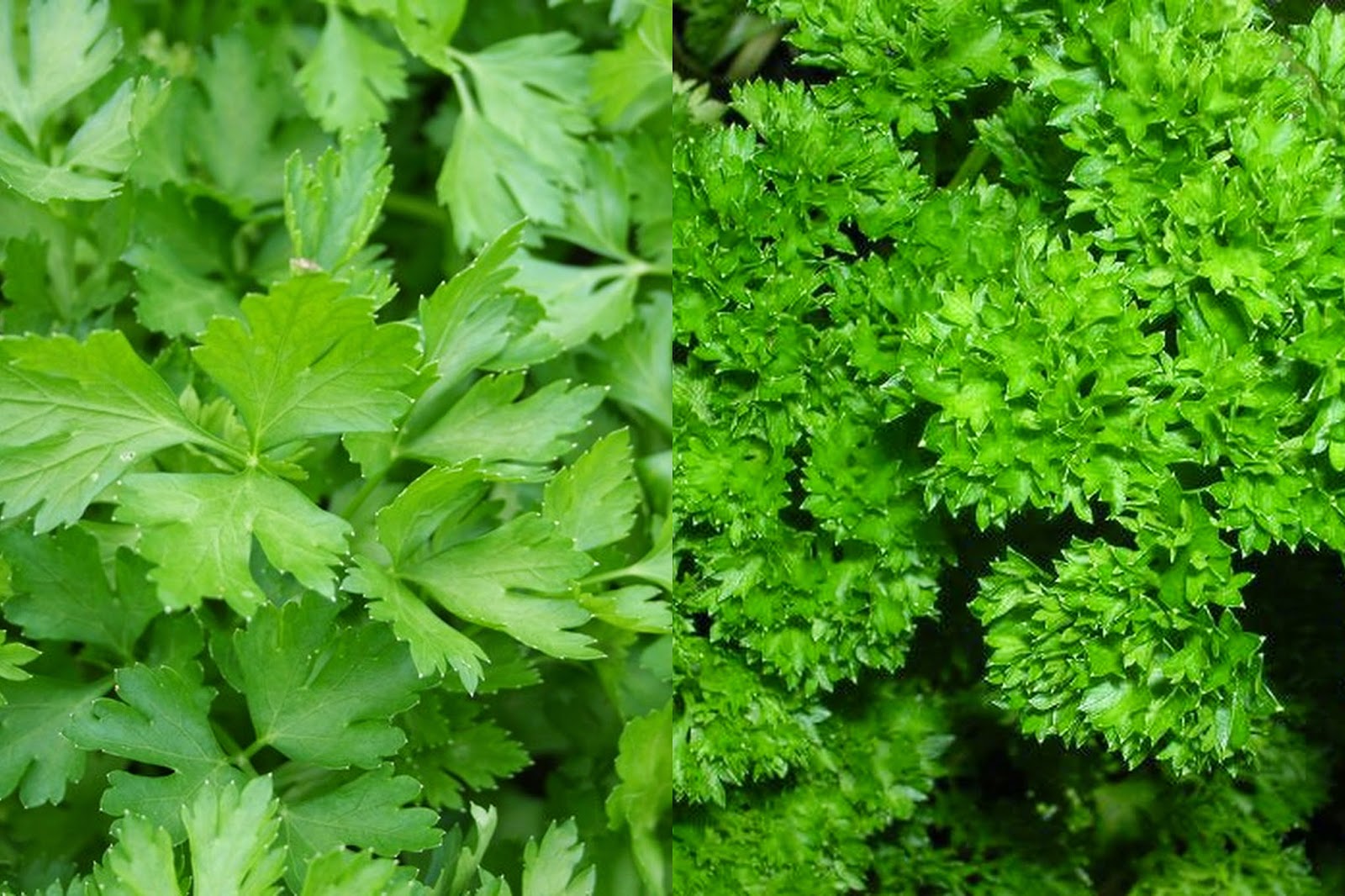Content:
Summer cottages and gardens have long been inconceivable without lawns. In order for the green grassy linen to adorn the appearance of the farm, certain efforts must be made. To do this, you need to have knowledge of how to properly plant lawn grass, and carry out a step-by-step procedure in accordance with this knowledge.
Short description
A lawn is a piece of land, the surface of which is covered with artificial grass cover. For this, the appropriate plants are selected, as a rule, perennial cereal plants:
- bluegrass;
- ryegrass;
- fescue.
For summer cottages and gardens, an ordinary lawn is usually used, which is mowed at a height of about 20-40 cm. Seeds are sown in a previously prepared soil according to a special scheme. Herbs are selected depending on the cultivation technique and weather and climatic conditions.
How to properly sow lawn grass with your own hands
Boarding time
The lawn can be sown at any time from May to September. Most often they try to sow seeds in the spring for the following reasons:
- there is enough time to eliminate various shortcomings (planning, reseeding seeds, etc.);
- before the start of frost, the plants will have time to get stronger and form a full-fledged root system;
- a high amount of moisture in the soil in spring will promote accelerated germination of seeds.
Before spring sowing, it is necessary to first weed out and spray the soil with herbicides. All these procedures are carried out only after the snow has melted and calm dry weather is established.
When planting in summer, it is advisable to finish it in June. This month, the soil still contains a higher amount of moisture in the soil compared to other months. However, with a normally built irrigation system, sowing can be carried out in August. This period is even more preferable in order to sow grass, since the activity of pests decreases by August and the growth of weeds is inhibited.
Seed selection
On seed packages, growers usually indicate in what conditions and on what soil they should be sown, as well as what type of lawn they are suitable for. Most often, seeds are brought to Russia from Western European countries, but not all of them grow normally in our conditions.
For central Russia and, in particular, for the Moscow region, a mixture of fescue and bluegrass is best suited. They form a dense carpet with a deep green color and are easy to trim. You should not purchase such mixtures where ryegrass occupies up to half of the composition or more. This plant is severely damaged by frost and retains a compacted grass stand for 3-5 years, after which it falls out.
Soil preparation
Before planting seeds, align and mark, and then get rid of all weeds. The markup is carried out in accordance with the plan of the suburban area. For this purpose, wooden pegs are usually used with a fishing line firmly stretched between them. At the same time, paths and flower beds are laid.In order to make the lawn more natural, it is recommended to refrain from drawing rectangular shapes.
For the removal of weeds, general herbicides are usually used, such as Argument or Roundup. The destruction of weeds usually occurs 2-3 weeks after planting. Plots with particularly large weeds are treated several times, observing an interval of two weeks between spraying. When the plants are dry, their remains are scraped from the plot, and then leveling is carried out.
For the normal growth of the lawn, a certain soil composition is required. Peat is added on alkaline soils, lime or chalk on acidified soils, and vermicompost or lime on heavier and dense soils. Along with this, fertilizers are applied. Macronutrients (NPK 6-22-28, NPK 21-6-17) are evenly distributed over the soil surface, and on the basis of microelements, aqueous solutions are prepared.
So, per square meter of area, 30 g of potassium sulfate or 40 g of superphosphate and ammonium nitrate are applied. In the spring, they try to add more nitrogenous nutrients, while in the autumn they focus on phosphorus-potassium fertilizers.
When the fertilizers are applied, the soil is leveled with a rake, and then tamped using a special garden roller weighing 50-100 kg. In its absence, a round metal tube is used. The rammed plot is left alone for one and a half to two weeks for the soil to settle.
Sowing seeds
The seeding rate is usually indicated on the package, but it can vary as needed. Strict adherence to it without taking into account the terrain features can lead to the formation of bare areas and the need for repeated or additional reseeding. For greater uniformity of distribution, the plot must be visually divided into several parts approximately equal in area and the seeds must be planted between them.
Usually the seeds have to be planted by hand. They are mixed with dry fine sand in equal proportions. After that, the seed is scattered first along the site, then across. At the same time, the seeds are placed at the edges twice as thick as in the central part.
The sown seeds are covered with earth, raking it with a rake. After that, the site is tamped with a roller. At the end of the procedure, the lawn is spilled from a watering can or a hose with a spray.
Lawn care
The lawn grass needs a sufficient amount of moisture. In dry weather, the lawn must be irrigated daily, shedding soil 5-7 cm deep. When the height of the plants reaches 8-10 cm, the first mowing of the green mass is carried out. In this case, only 1.5-2 cm of plant tops are removed. When the plants begin to creep more densely, they begin to mow the lawn every 5-7 days. This will allow the plants to form a complete root system.
Immediately after the first mowing, the grass is fed with nitrogen. In June-July, two or three dressings are carried out with the help of mineral fertilizers, the main of which remains nitrogen. During this period, the plants respond positively to organic fertilizing. Closer to autumn, there is no longer a need for grass growth, so potassium and phosphorus are used for feeding.
Diseases and pests of the lawn
The lawn is most often affected by fungal diseases. The most dangerous among them are:
- yellow and brown rust;
- fusarium (snow mold);
- powdery mildew;
- witch rings.
When destroying harmful insects, insecticides are also used. The most harmful lawn pests include:
- bear;
- beetle larvae;
- wireworm;
- caterpillars (larvae) of butterflies;
- ants;
- drunkards;
- earthworms.
After the destruction of diseases and pests has been successfully completed, it is time for restoration work on the site. This includes the following activities:
- Additional sowing of seeds in the affected areas. To do this, you must have a certain supply of seeds. The soil is loosened and seeds are sown into it, and then covered with seeds to a depth of 1 cm and tamped to improve contact between the seeds and the ground. From above it is allowed to sprinkle the plantings with a small amount of sand.
- Breaking through the soil in places where water stagnates with a fork. This manages to increase the air flow to the root system and reduce humidity. Every six months it is necessary to pierce the entire lawn area with a pitchfork.
- Verticulation (combing the felt surface) to destroy the nutrient base of pests and destroy spore colonies of diseases.
- In the spring and summer period - the introduction of 10-15 grams of ammonium nitrate per square meter of area for accelerated recovery of plant mass.
Growing a lawn is not a very difficult procedure if you have certain knowledge and skills. A well-planted and grown lawn will become a decoration of a summer cottage or garden plot and a gardener will work.
